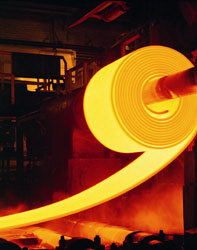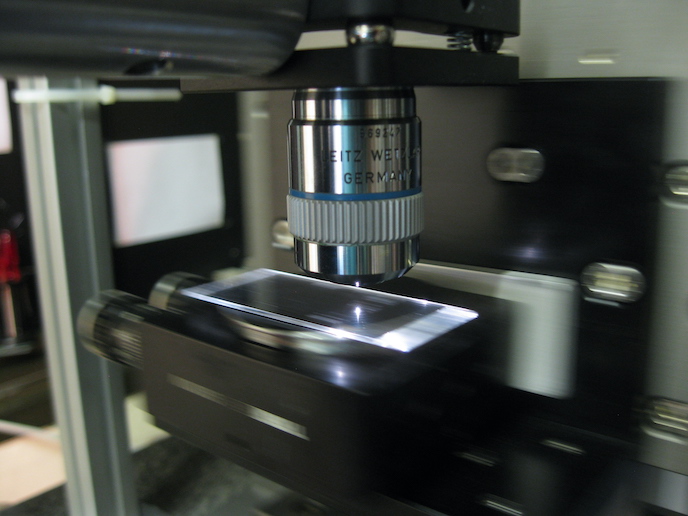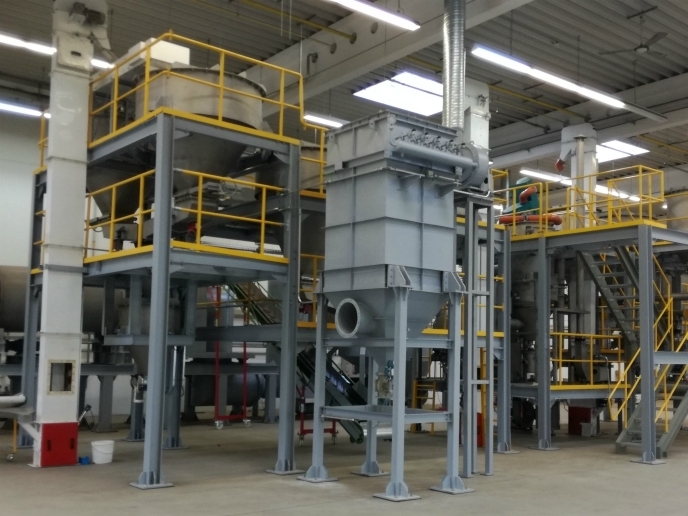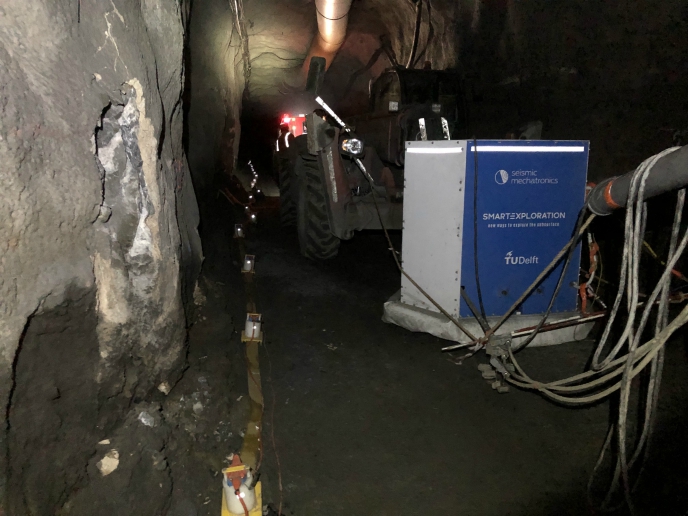Metal forging with less heat input
Many people might think of a blacksmith’s workshop when the word forge is mentioned. In fact, the work of the blacksmith, namely heating and forming metal into useful shapes, is still important today and the process is referred to as forging. Hot forging requires heating the metal to very high temperatures and thus a large energy input. In addition, the high temperatures lead to poor surface quality and waste of material as well as formation of an oxide ‘scale’. In an effort to reduce environmental impact and cost while improving accuracy and quality of the final product, manufacturing has turned to semi-hot or warm forging. Semi-hot forging has been used successfully to produce symmetric pieces around a given axis (rotational symmetric). European researchers proposed to extend this technology to pieces lacking rotational symmetry with funding for the ‘Design of a semi-hot process chain’ (Desproch) project. Scientists evaluated requirements and adapted selected forging geometries to the semi-hot process using computer-aided design (CAD). Forming process sequences were evaluated by material flow simulation using finite-element analysis (FEA) in which very tiny ‘pieces’ (finite elements) of material are evaluated individually and in terms of interrelationships. Having developed and produced the necessary forging tools along with designing the layout of the process chain, the production line was tested and evaluated. Quality assurance specifications were developed for this purpose and for use in manufacturing in general. The Desproch consortium successfully established a production line for semi-hot forging of long parts with rotational asymmetry. The team thus extended the range of parts to which this economical and environmentally friendly process can be applied to produce high-quality parts in less time with less waste.







